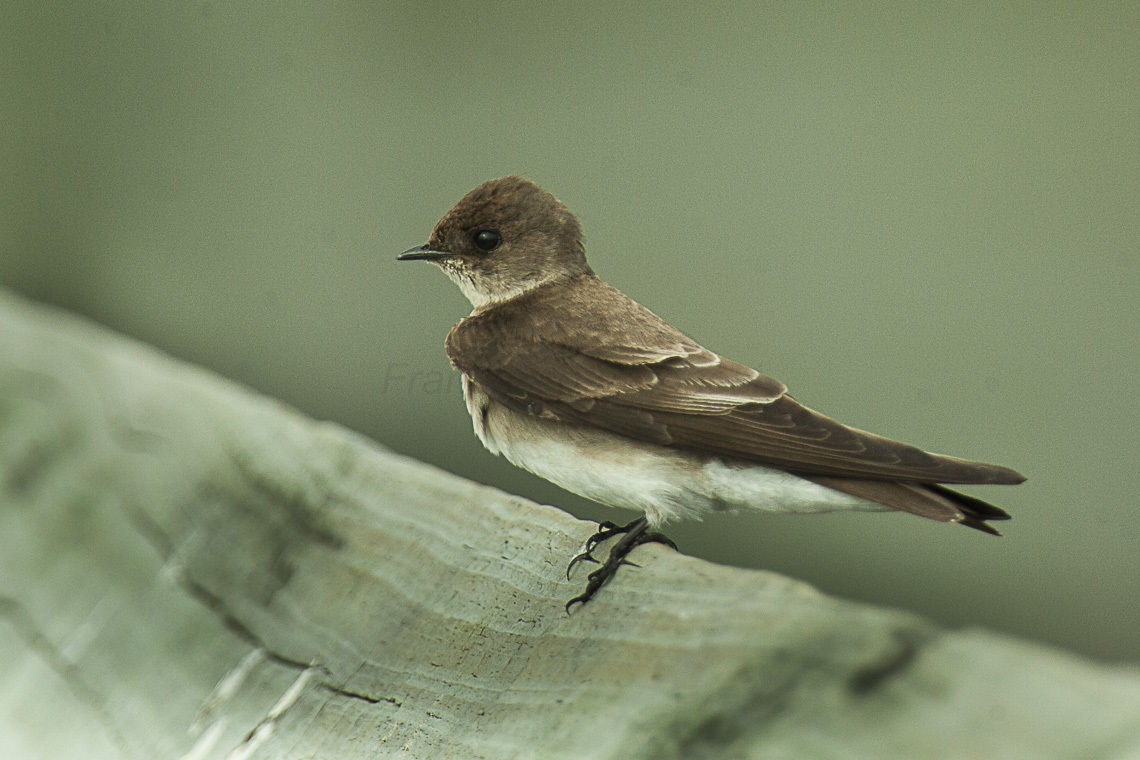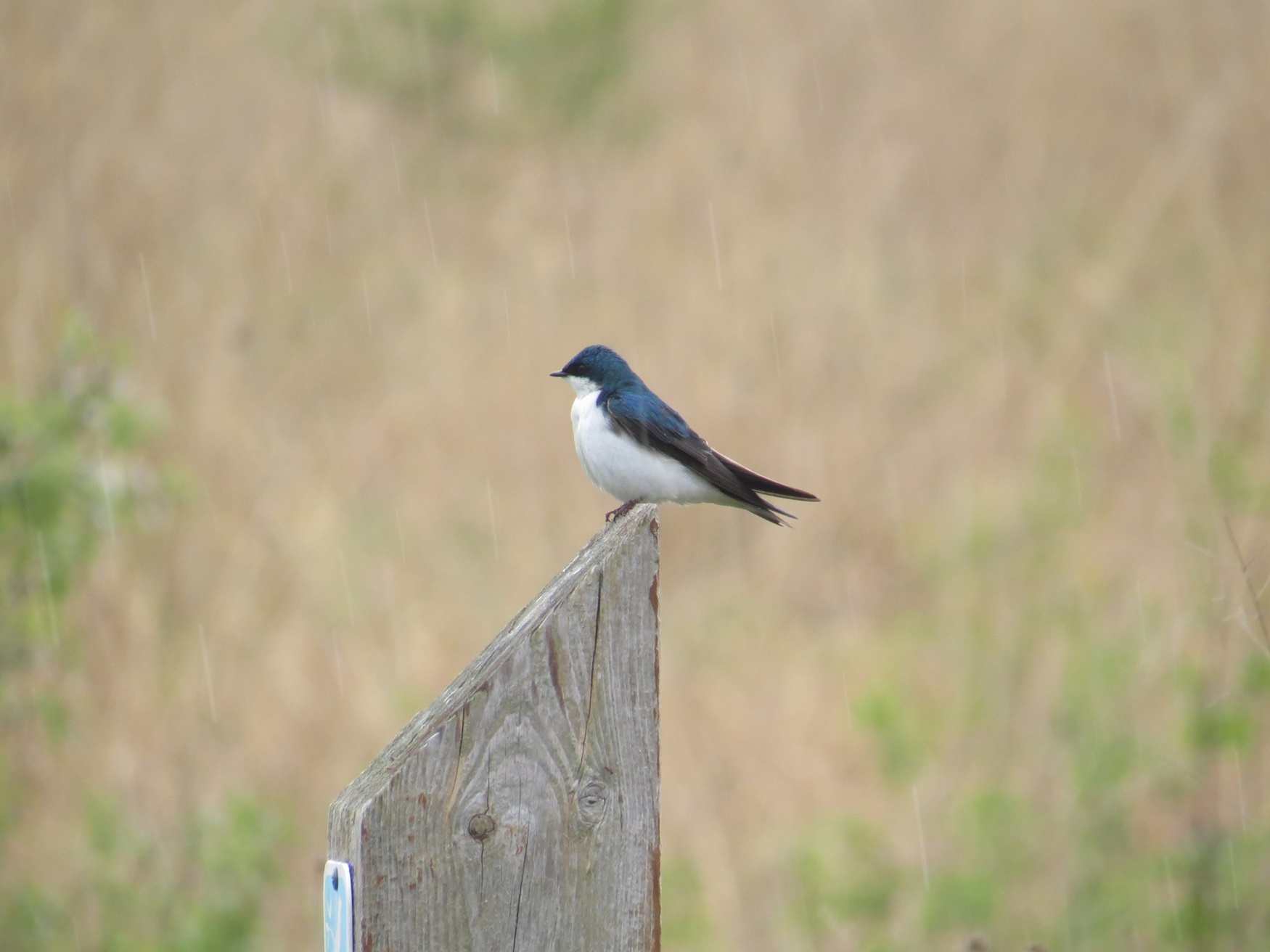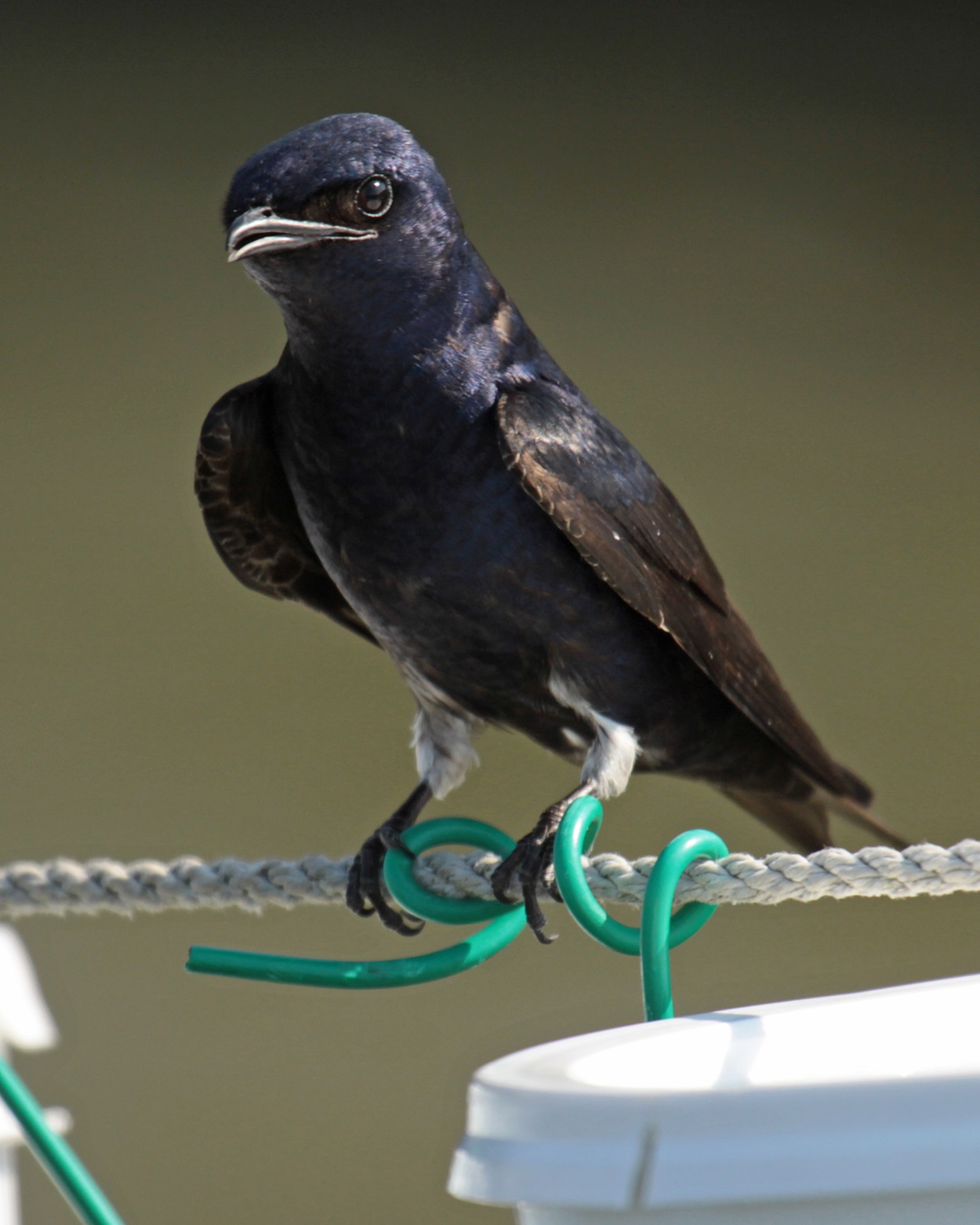The swallow (Hirundinidae) is a small family of passerine birds including about 90 species worldwide, of which eight are native to Canada, including the tree swallow (Tachycineta bicolor), the barn swallow (Hirundo rustica), the cliff swallow (Petrochelidon pyrrhonota), the northern rough-winged swallow (Stelgydopteryx serripennis), the violet-green swallow (Tachycineta thalassina), the bank swallow (Riperia riperia), the cave swallow (Petrochelidon fulva) and the purple martin (Progne subis).

Description
Canadian swallows do not sing but all have distinctive call notes. All swallows feed mainly on flying insects, spending much time in flight. As aerial insectivorous, swallows are impacted by the decline in insect numbers and the use of insecticides. Their long wings give the impression of a larger bird, but they are actually small.
Many swallows are colonial, build nests in enclosed situations, and lay 4–6 eggs. In Canada, most swallows rear one brood annually; in the West, barn swallows (Hirundo rustica) raise two. Several species nest around settlements.
Native swallows fall into six genuses.
Bank and Northern Rough-winged Swallows (Riperia and Stelgydopteryx genuses)
The brown-backed species—bank swallow (Riparia riparia) and northern rough-winged swallow (Stelgidopteryx serripennis)—nest in burrows in sea cliffs or riverbanks and in crevices in rock cliffs, respectively. Both range across the continent. Bank swallows are found far into the north and in Europe. Northern rough-winged swallows enter Canada only in the south, ranging down to Central America. The bank swallow is classified as threatened under the Canadian Species at Risk Act.

Tree and Violet-Green Swallows (Tachycineta genus)
Tree swallows (Tachycineta bicolor) and violet-green swallows (T. thalassina) are early migrants, harbingers of spring. Both are iridescent blue-green above and white below. They nest in tree holes or nest boxes. Tree swallows range across Canada, north to the treeline; violet-green swallows are strictly western.

Cliff, Barn and Cave Swallows (Hirundo and Petrochelidon genuses)
Cliff swallows (H. pyrrhonota), barn swallows (H. rustica) and cave swallows (P. fulva) are metallic blue above and rusty brown below. They construct nests from clay pellets in locations sheltered from rain and runoff water. The enclosed, gourd-shaped nests of cliff swallows are under cliff overhangs or eaves. Originally, barn swallows and cave swallows nested in caves or under cliff overhangs; now, they almost always nest under eaves, inside buildings or below highway underpasses. The barn swallow is classified as threatened under the Canadian Species at Risk Act.

Purple Martins (Progne genus)
Purple martins (P. subis) are the largest species of swallow native to Canada. Females are a dark blue or grey and males are a glossy purplish black. Purple martins are cavity nesters and may nest in birdhouses, dead trees, nooks in buildings and cliffs, etc.

Migration
Swallows are accomplished, graceful fliers. In late summer, they mass in flocks on roadside wires, often several species together. Within a few weeks they have gone south, not returning to Canada for 7–8 months.

 Share on Facebook
Share on Facebook Share on X
Share on X Share by Email
Share by Email Share on Google Classroom
Share on Google Classroom




